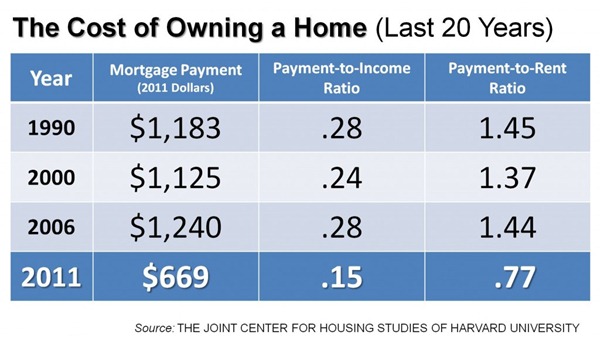 Not only do prophets lack honor in their native land, some don’t do much for real estate values — at least to judge by Walt Disney’s childhood home on Chicago’s Northwest Side.
Not only do prophets lack honor in their native land, some don’t do much for real estate values — at least to judge by Walt Disney’s childhood home on Chicago’s Northwest Side.
On the market for more than a year, it offers prospective buyers a two-flat with new windows, hardwood floors and built-in nostalgia for fans of Donald Duck and Mickey Mouse. It was built by Disney’s father, a carpenter who worked on the 1893 Columbian Exposition, the world’s fair that reportedly inspired Disney’s theme-park ventures.
Some see the failure to sell the home, at 2156 N. Tripp Ave., as a case of good news and bad news, among them Fred Seidel.
“The city of Chicago should buy it and charge visitors for admission,” says Seidel, a construction worker who grew up nearby. “I’m interested in the arts.”
The upside, Seidel says, is that lacking a private buyer means it won’t be knocked down for new construction, a common fate of older buildings as Chicago gentrifies. The Disney home lacks a historic landmark designation, a campaign by preservationists having stalled years ago.
Walt Disney was born Dec. 5, 1901, on the second floor of the house in the Hermosa neighborhood, then a newly developed section of Chicago and now a largely Hispanic community. He attended McKinley High School, now a primary grades facility, and took classes at the now-defunct Chicago Academy of Fine Arts.
With his brother Roy, Walt Disney went to Hollywood and, in 1923, started making the animated cartoons audiences quickly embraced as part of the movie-going experience.
Even without a bronze plaque, the Tripp Avenue house attracts Disney buffs, reports its owner Radoje Popovic.
“Some came from Madrid to see it,” Popovic says. “A camera crew from Germany took pictures.”
Popovic, a real estate dealer himself, bought the building from a previous owner, June Saathoff, who had lived there for many years and resolutely opposed landmark designation.
“She was holding the windows together with duct tape,” he says. “She was an older woman living on a fixed income.”
In 1991, the Commission on Chicago Landmarks proposed the Disney home for landmark designation, inaugurating the drawn-out process often involved. When a City Council committee took up the issue six years later, Saathoff protested that landmark status could make her property hard to sell. Potential buyers would be scared off by the prospect of having to get the city’s approval for changes to the facade.
In fact, the frame structure where Disney was born had been remodeled, but the president of the local chapter of the American Institute of Architects argued that it was nonetheless worthy because Disney was a worthy man, quoting President Dwight Eisenhower: “We shall not see his like again.”
Several aldermen said a world without another Disney would be just fine with them. They alleged he had a reputation for anti-Semitism and racism.
“Walt Disney was a bigot, and I’m not going to sit here on a panel and create a historical landmark for a bigot,” said Alderman Bernard Stone, just before the Committee on Historical Landmarks voted down the proposal.
Popovic, who acquired the property in 2002 for $195,000, offered it on eBay, four years later for $280,000. Subsequently, he wanted to honor its heritage by turning it into a community center where neighborhood young people could take art lessons. The project failed for lack of funding.
It’s a tough season for finding support for projects at the intersection of architecture and history: the Ernest Hemingway Foundation, unable to finance the conversion of the author’s boyhood home into a cultural center, recently sold the Oak Park, Ill., property to private owners for $525,000.
Disney’s home is on the market for a reduced asking price of $179,000.
Popovic had several nibbles, but would-be owners couldn’t get financing. Popovic says he’s not opposed to landmark designation, should the issue be revisited, a long-shot possibility under Chicago’s landmark ordinance. Disney characters were part of his Serbian childhood, just as they were to countless others worldwide. An experienced landlord, he is not intimidated by landmark regulations.
“I’ve property in Wicker Park,” Popovic says, referring to a landmarked Chicago neighborhood. “I know about planning boards and community groups.”
Meanwhile, he’s content to be the default owner of the birthplace of the great genius of the animated cartoon.
“It’s no problem,” he said. “I got good tenants.”
©2012 Chicago Tribune









